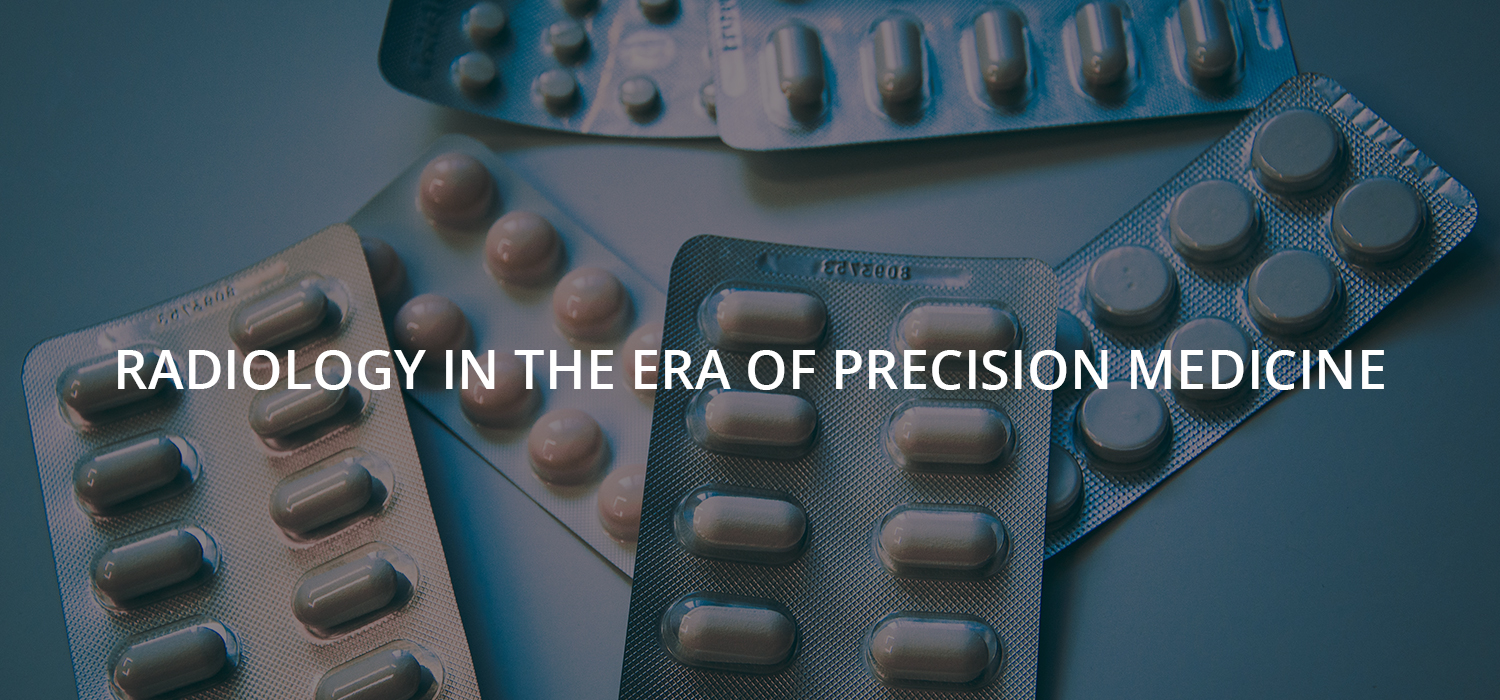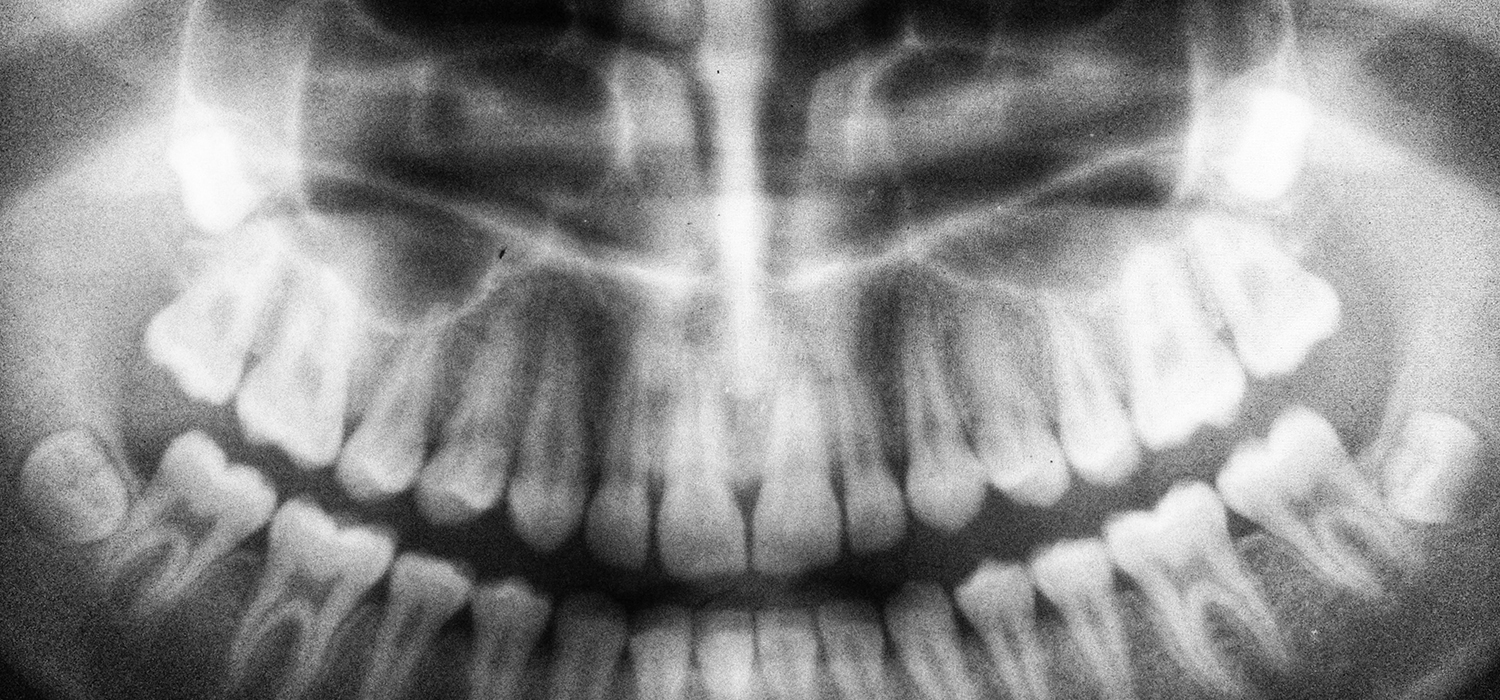

Choosing the right treatment for a patient at the right time is a common slogan used to describe "personalised medicine (PM). This is a new vision of healthcare that is already a reality. Various 'omics' approaches, such as genomics, proteomics, and metabolomics, make it possible to predict a patient's predisposition to a particular disease or treatment response to a particular drug.
What is the role of radiology and radiologists in PM?
It is important to designate all areas and give examples of the unique and personalised information medical imaging technology provides. Imaging is the first step from clinical symptoms to diagnosis in many diseases. Imaging has played this role for decades. It assesses the location and extent of disease in individual patients, identifies structural abnormalities and physiological milieu, and provides critical information for selecting appropriate treatment.
Early and accurate assessment of treatment response is important in PM as it can influence decisions regarding treatment discontinuation, modification, and additional treatment. Imaging can detect treatment response early, so patients can avoid long-term exposure to ineffective treatments and use alternative therapies early. In addition, medical imaging helps physicians plan and manage individual surgical or minimally invasive treatments.
Does this mean that medical images are already personalised enough, or does radiology still face challenges in the context of PM?
Medicine will play an increasingly important role. An important goal of PM is to stratify patients into different risk groups to make individualised decisions about prevention and treatment. To this end, there is great potential for using quantitative imaging biomarkers that can characterise perfusion, blood flow, metabolism, and cellularity. However, standardisation and quality assurance measures must be implemented before imaging biomarkers are widely adopted in clinical routine. Differences in imaging modalities and user experiences are important standardisation issues. Radiation genomics and nano theranostics are two emerging fields in which radiology plays an important role. Radiogenomics creates a link between diagnostic imaging and genomic function. A promising new field of nano theranostics is the use of drugs and contrast agents in a single entity, allowing real-time drug delivery and distribution monitoring.
Conclusion
Although radiology has made great strides towards personalising healthcare in recent years, there is still a long way to go to realise the full potential of personalised medicine. Integrating radiomics, AI, and big data analytics offers promising opportunities to improve the accuracy, precision, and efficiency of radiological imaging, thus improving patient outcomes. Continued research and development in this field are necessary to ensure that radiology meets the evolving needs of personalised medicine.
